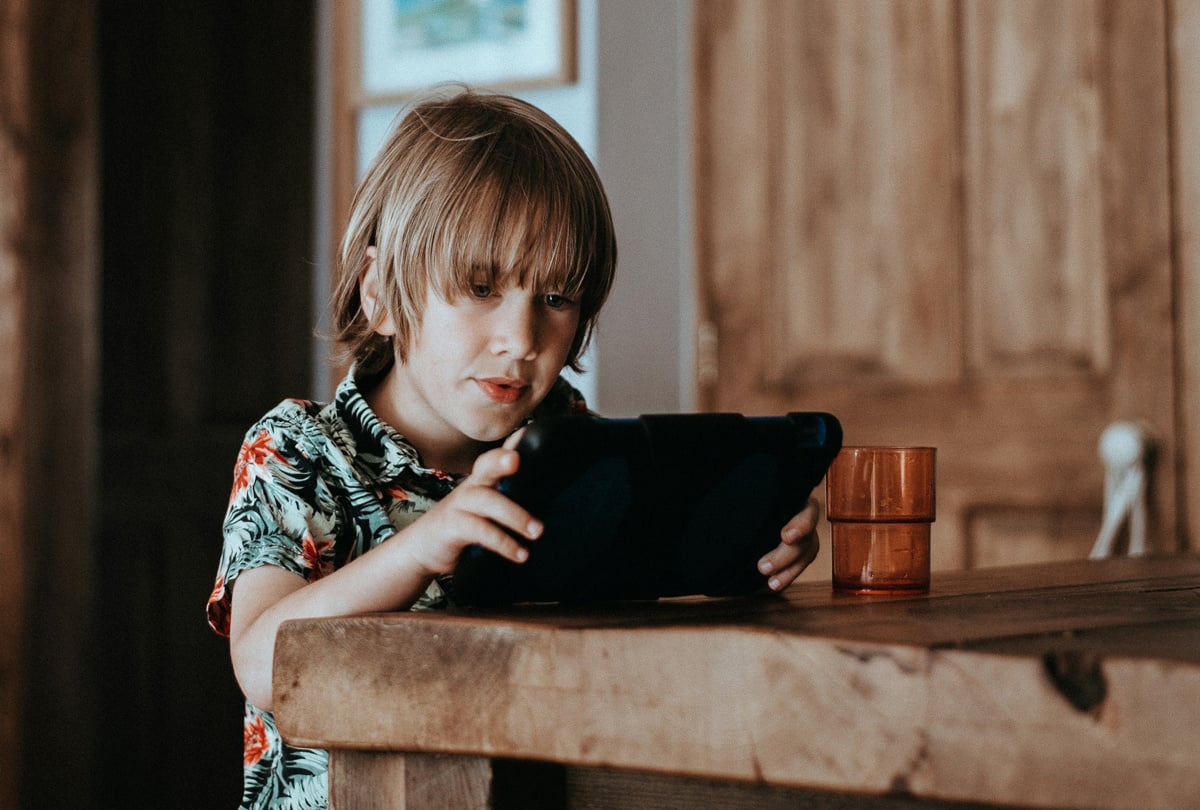
A survey has confirmed what many educators already suspect: that boys and girls are consuming online porn at ever-younger ages, and accepting its often brutal “messaging” at face value - with disastrous outcomes for their physical and emotional wellbeing.
The report, by the New Zealand-based charitable trust The Light Project, surveyed 622 healthcare providers, youth workers, caregivers, faith-based workers and therapists in an effort to raise public consciousness around the issue of online porn and young people.
Among its major findings:
1. Consuming porn has become normalised
For this generation, watching pornography - even at extremely young ages - is regarded as normal behaviour. Porn is everywhere online. Many kids look for it. But if they don’t, porn will look for them, in the form of pop-ups, videos and live-streams.
As one teacher noted “All my students will be exposed to porn by 13 years of age. It is shaping their sexual beliefs as individuals and as a group.”
“... young people consume porn casually in public places such as at school on buses and in libraries, and they openly talk and joke about porn with friends. They are ‘porn savvy’ – they know what it is, where to get it and what they think of it and feel that gaining sexual knowledge from porn is a healthy way to learn about sex.” Survey participant
The resulting peer pressure means kids who aren’t a part of the conversation can suffer social exclusion. Despite the near-universality of what Linewize refers to as the “porn curriculum,” many educators and caregivers remain unaware of the extent of the issue, or the remarkable ease of access, the report found. The result? Children are not receiving the guidance they need.
2. Porn is now a primary sex educator
International data has confirmed what this survey found: that online porn is now the main source of sex education for today’s children. What’s more, many young people, boys especially, believe the porn they see is “real life.”
So what lessons are kids learning from the porn curriculum? In a nutshell: That sex is violent, that coercion is normal, that sex is about men doing things to women - generally, harmful and degrading things - that males are entitled to anal and oral sex, that so-called non-consensual sex isn’t rape, it’s fun.
3. Porn is shaping attitudes and behaviours
The teachers, caregivers and youth professionals who participated in the survey noted an array of disturbing attitudes and beliefs, including:
- Diminished respect for females
- Objectification of women and girls
- Erosion of females’ right to sexual pleasure
The porn curriculum was also teaching children to accept group sex and unprotected sex and encouraging them to become sexually active earlier. Reports of children re-enacting with one another the abusive pornographic scenarios they’ve viewed online have become commonplace.
Health and wellbeing impacts
The wellbeing impacts for students run the gamut from shame, depression and isolation to self-esteem and body image issues. Kids with a history of sexual abuse are particularly at risk.
Boys who develop compulsive porn habits can also suffer from low libido, erectile dysfunction and failure to orgasm during real-life sex. As one survey participant noted, “They report feeling a great loss to not be able to enjoy intimacy with a partner as a result of past porn use.”
What can schools do?
Schools are under-resourced to deal with what amounts to an epidemic of toxic material. That said, the report noted an urgent need for an educational response given the “huge passive acceptance” of porn in the community.
But views differ widely on exactly how the issue should be tackled, with approaches ranging from “Just Say No” to more inclusive sex education initiatives that acknowledge and accept what has become the new normal.
On one issue, however, survey respondents were in agreement: 75% said they wanted to learn more about filtering and blocking adult material on their home internet and devices.
“Kids are the innocents," noted one participant, "and we are allowing this content - gender inequality, misogyny, dehumanising and sexual violence - to be totally available to them without any road marks to say this isn’t real or acceptable.”

How to Make Invisible Digital Risks, Visible
Our free practical whitepaper is designed to explain how Independent and Catholic schools can break down the invisibility cloak and guide their students to greater awareness and understanding.
